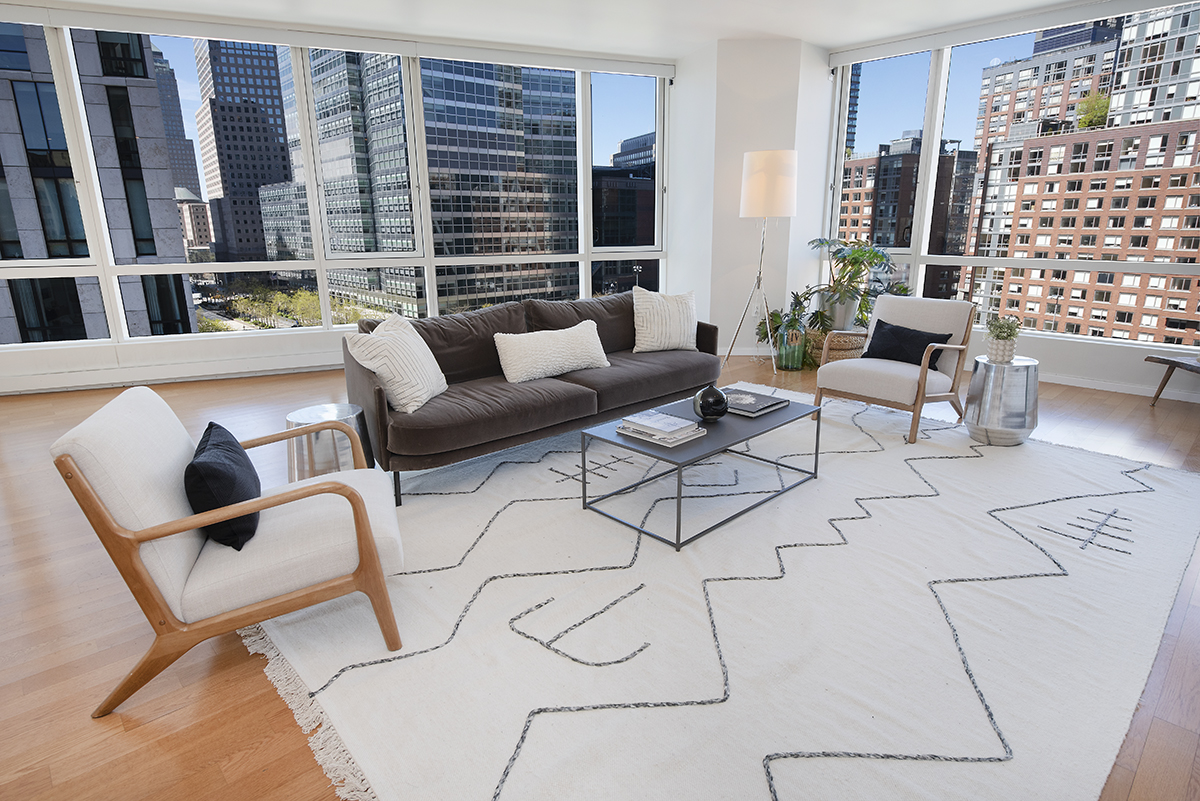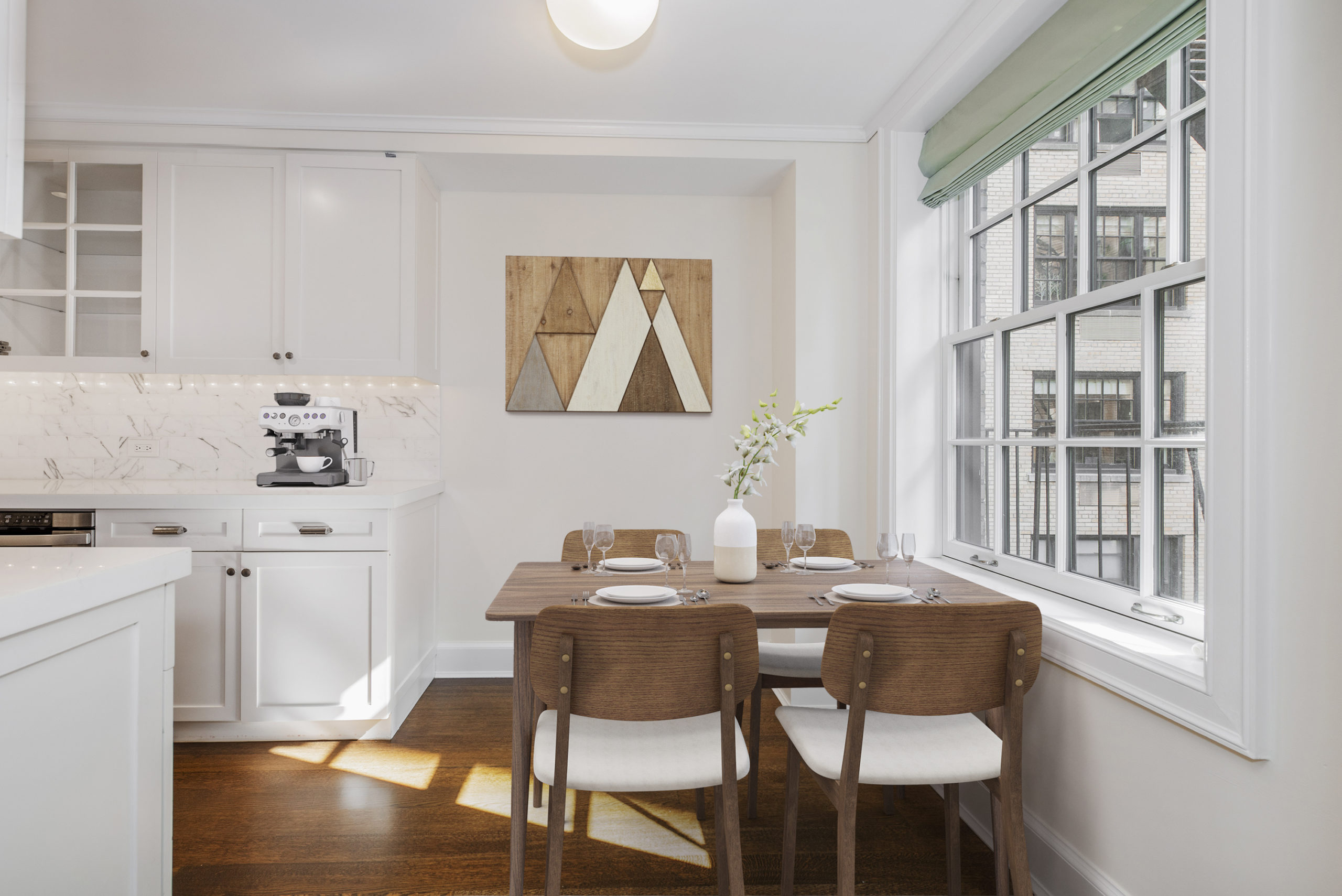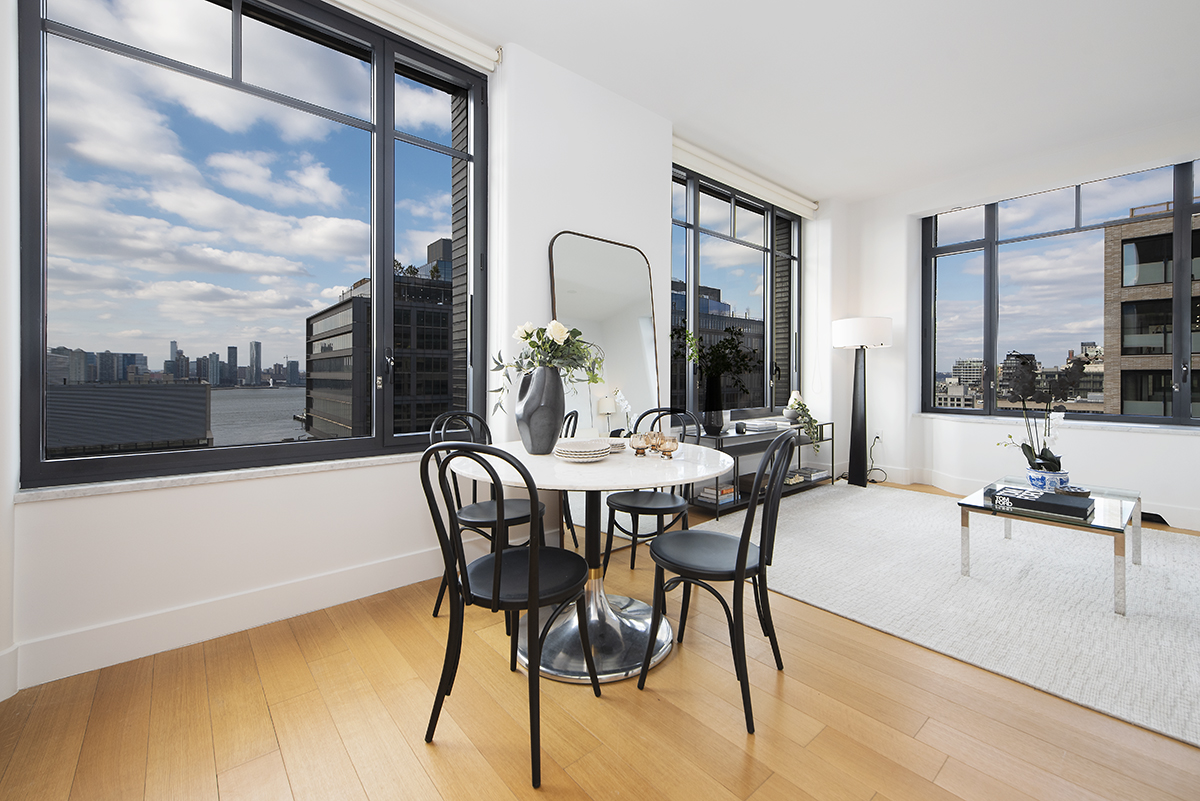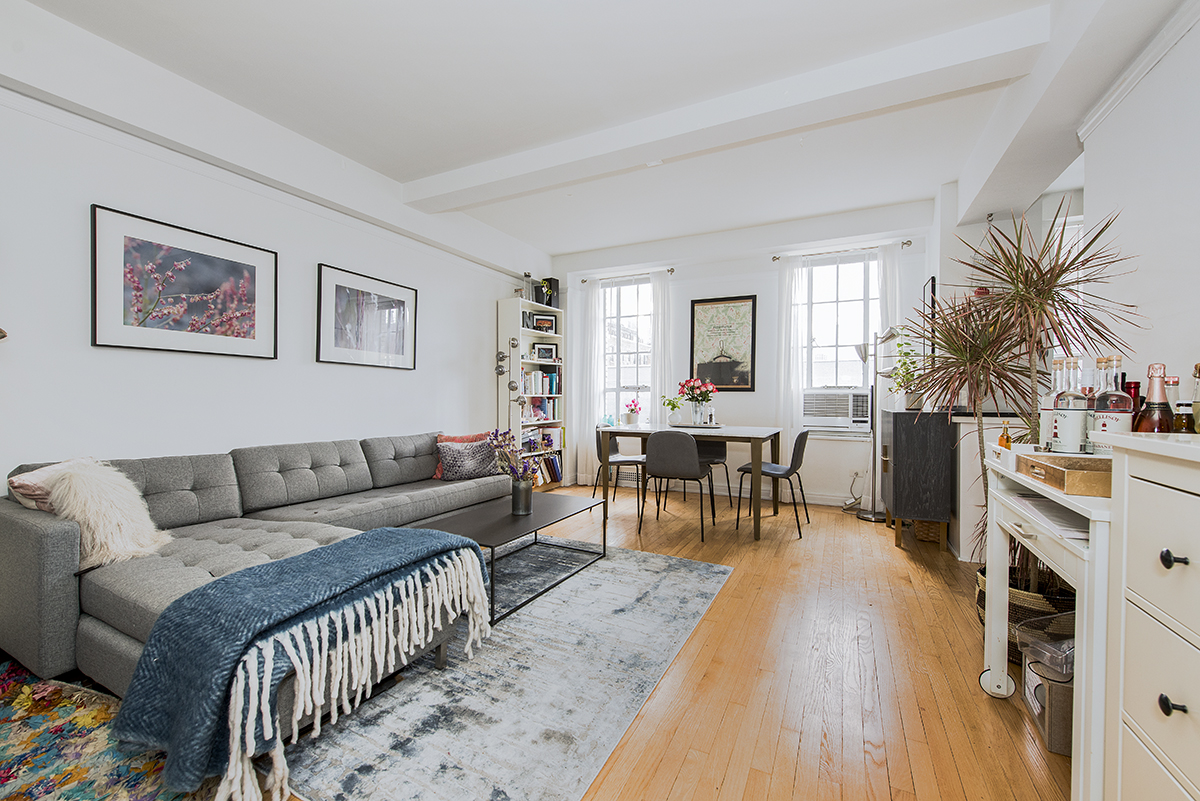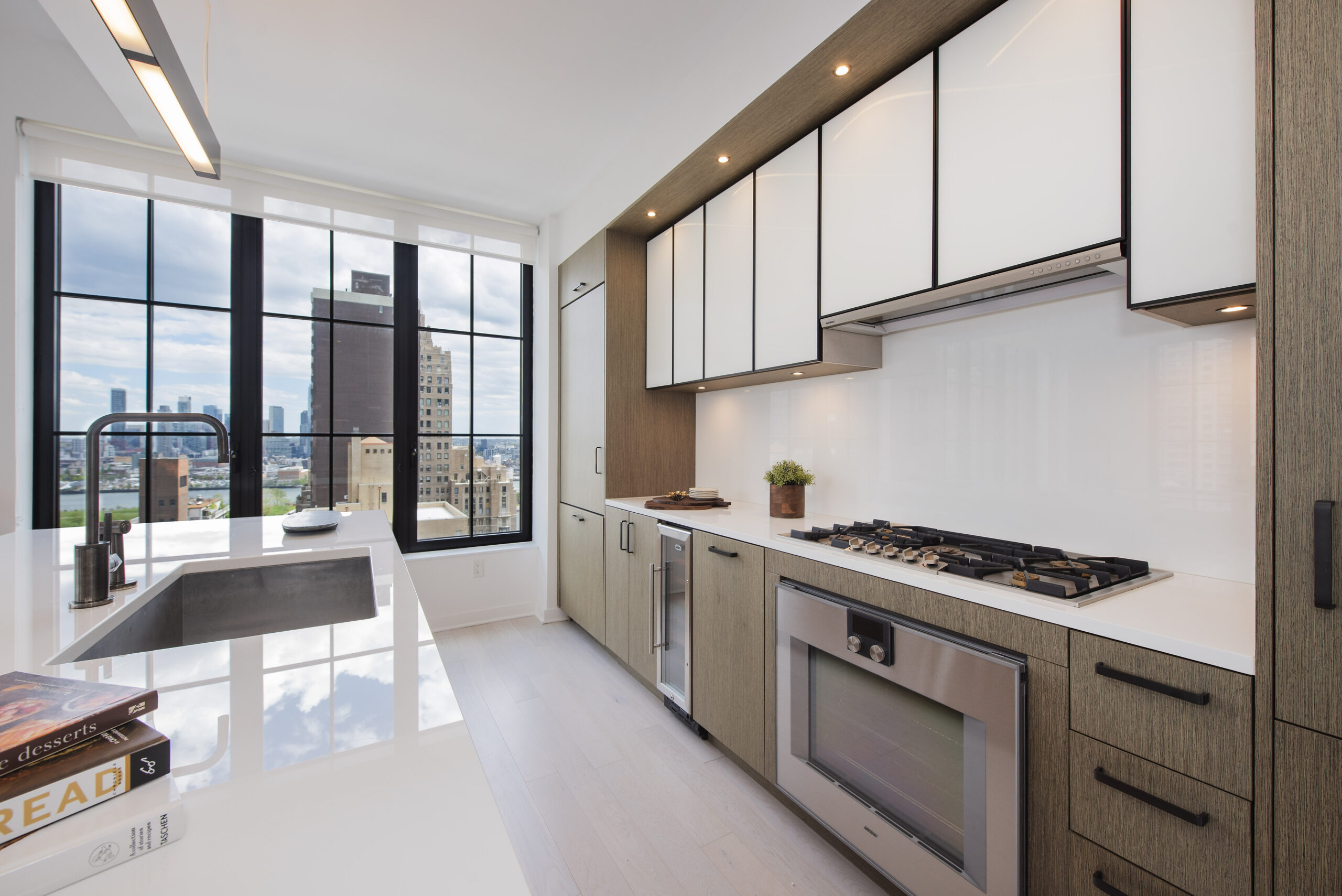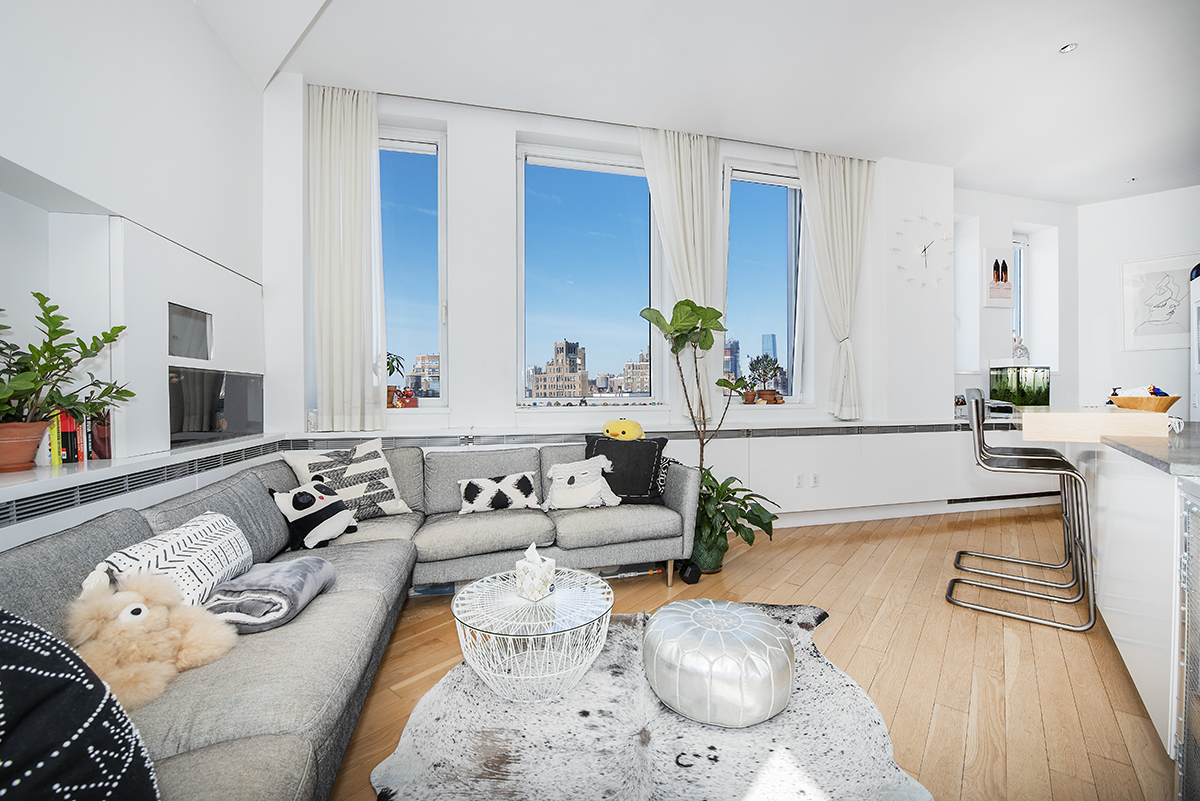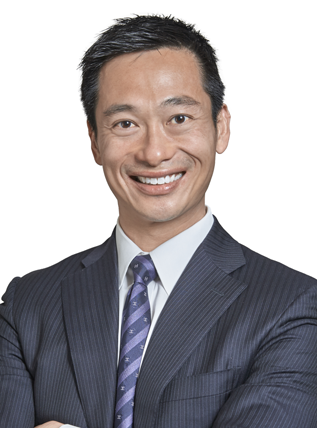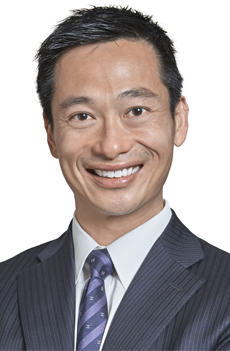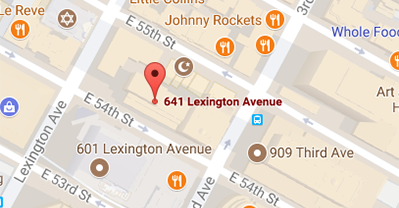Singaporeans Investing in Manhattan: A Guide
Posted by Wei Min Tan on March 10, 2025
This guide explores the potential for Singaporean investors in the Manhattan real estate market. While Singapore boasts a dynamic property landscape with prime locations like Bukit Timah and Nassim Road, Manhattan also has its famous locations such as Billionaire’s Row, Soho, Tribeca and Upper West Side. This analysis aims to provide a comparative overview and key considerations for Singaporeans venturing into the New York City real estate market.
Read about Wei Min’s style in Best Manhattan property agents and Role of a buyer’s broker.
Comparing the Manhattan and Singapore Real Estate Markets
Both markets are characterized by high demand and premium pricing, reflecting their status as global cities. However, significant differences exist:
Property Types: Singapore’s landscape is dominated by high-rise condominiums and apartments, often with leasehold tenure. Manhattan exhibits a diverse range, including pre-war buildings, brownstones, and luxury high-rises, almost all freehold ownership.
Regulations: The Singaporean real estate market is heavily influenced by government regulations, including stringent cooling measures designed to maintain market stability. Notably, significant stamp duties, reaching as high as 60 percent for foreign buyers and investment properties, act as market control. The Manhattan market operates with far less government intervention. In Manhattan, there is no extra stamp duty imposed on foreigners or investors.
Supply of Condominiums: The supply of residential condos in both cities is limited. In Singapore, the vast majority of housing inventory consists of HDB housing. While in Manhattan, only 10 percent of inventory is condominiums, 90 percent are rental buildings and cooperative apartments. Singapore has a lot more available land than Manhattan, which is literally all built up. There used to be gas stations here and there 15 years ago but those have been bought up for development as well. Hence from a future availability point of view, Manhattan is more limited.
Wei Min’s article: New Launch Condo Projects in Manhattan
Represented buyer client in securing this prewar condo at West Village‘s top prewar building, 299 West 12 Street. Notice the south facing view of World Trade Center, fireplace and beamed ceilings. Prewar buildings are desirable because of their scarcity and charm.
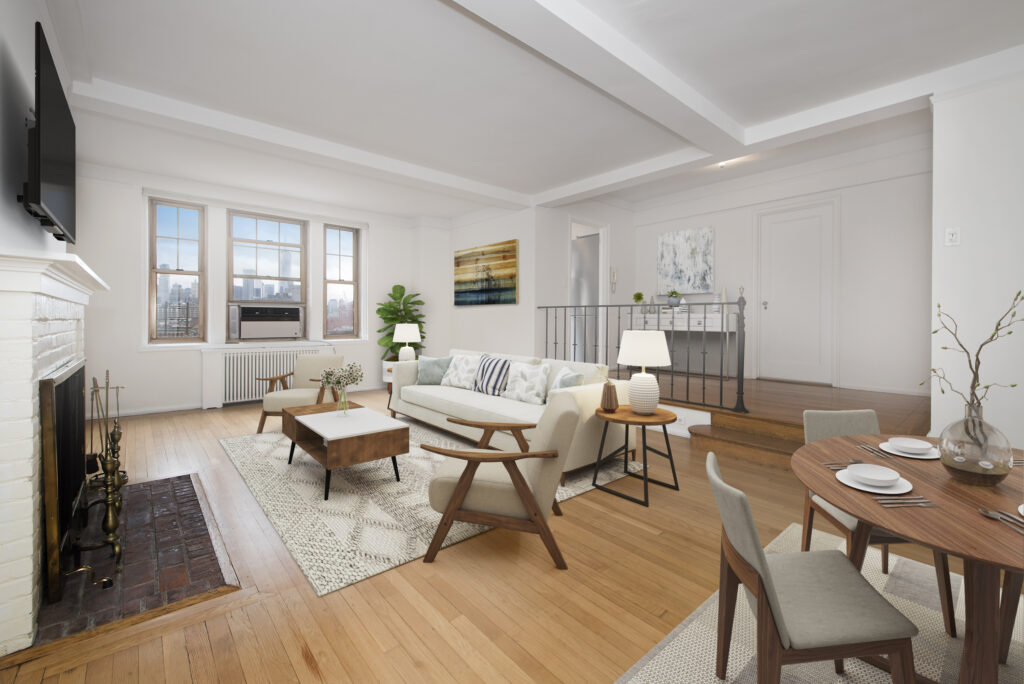
Navigating the Investment Process
Investing in Manhattan requires consideration of the following:
Foreign Buyer Regulations: Unlike Singapore, where foreign ownership of landed property is restricted, Manhattan imposes no limitations on foreign real estate ownership. Also, there is no extra stamp duty imposed on foreign buyers.
Withholding Tax: However, at time of sale, foreigners are subject to a Foreign Investment in Real Property Tax Act (FIRPTA) withholding tax. This is a 15 percent withholding tax which the foreign seller gets back after showing that the various taxes have been paid. It’s basically the U.S.’s way of ensuring foreign owners pay their share of taxes. An experienced attorney, assuming the foreign owner reports and pays taxes during the ownership period, will be able to get an exemption for FIRPTA prior to time of sale.
An Experienced Team: Having a local team experienced with foreign buyers is critical. There are several big and many small differences with a foreigner transaction. Usually it’s the small things that create the biggest problems along the way.
Client’s large 3-bedroom apartment located opposite Goldman Sachs (the green building). We targeted tenants wanting more space post Covid, rented out in 1 week.
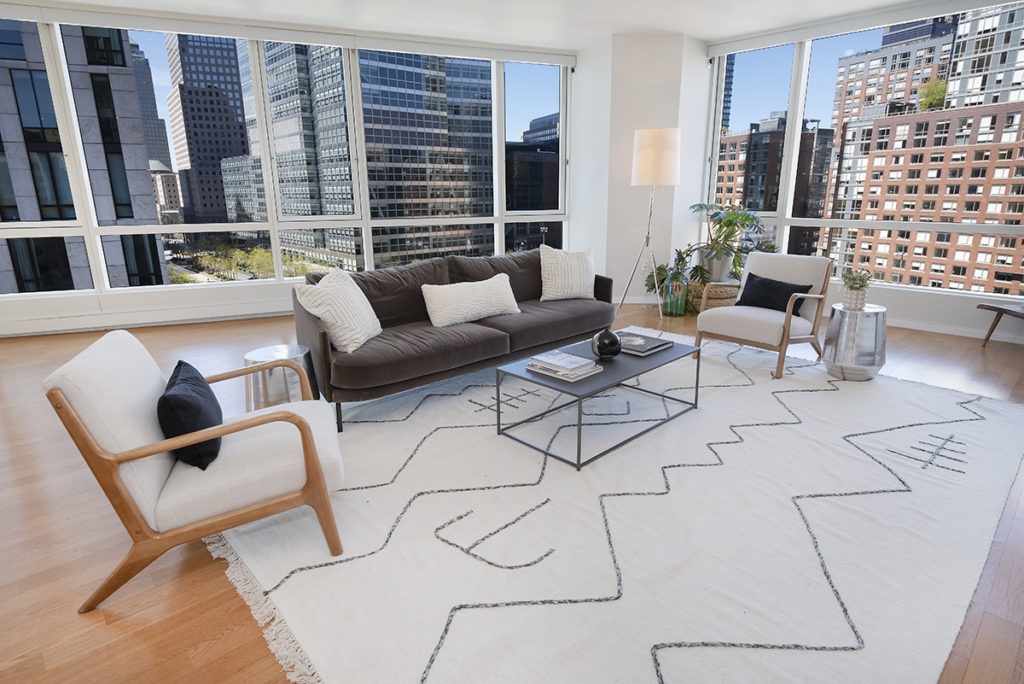
Exploring Investment Strategies
Buying a condo to rent out or as a vacation home are the two most common investment strategies by our Singapore clients.
Condos to Rent Out: Capitalizing on Manhattan’s consistently strong rental demand, this strategy involves purchasing residential condos to lease out. Since COVID, the Manhattan residential rental market has experienced significant growth, driven by inflation and increased demand, resulting in substantial rent increases. The current net rental yield, after operating expenses, is between 2 to 3 percent.
Vacation Home: Manhattan has a unique energy which brings tourists back over and over again. There are so many reasons, eg walkability of the city, unlimited global cuisines, Central Park, entertainment etc. We have many clients who, after coming back for the third time, decided that they want a vacation home in Manhattan as opposed to staying at a hotel each time. And the value of the vacation home appreciates over time as well.
Wei Min’s article: Average Manhattan, New York Apartment Prices
Next Steps
We recommend reaching out and speaking to a few brokers. Doing research online takes a lot of time and it is very difficult to digest all that information overload. A local broker will be able to summarize the important points succinctly. This saves you a lot of time. After speaking to a few brokers, decide on working with only one who you feel is the best fit.
Starting 2024, buyers need to execute a buyer’s broker agreement. In the U.S., all consumers and brokers have access to the same inventory of property for sale. The role of a buyer’s broker lies in advising the client on what are the best properties given set objectives. Then in managing the transaction through the end.
What We Do
We focus on global investors buying Manhattan condos for portfolio diversification and long term return-on-investment.
1) Identify the right buy based on objectives
2) Manage the buy process
3) Rent out the property
4) Manage tenants
5) Market the property at the eventual sale

